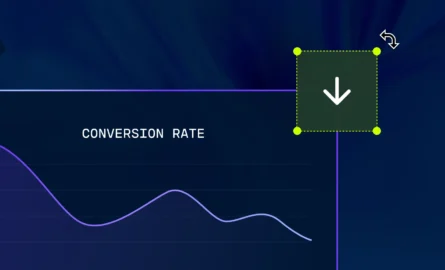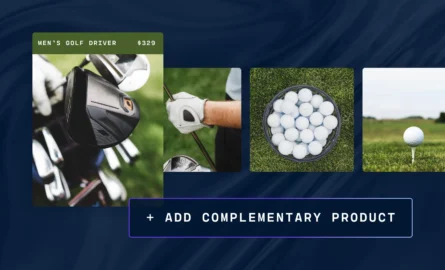Ecommerce Photography: How to Take Product Photos That’ll Wow Shoppers
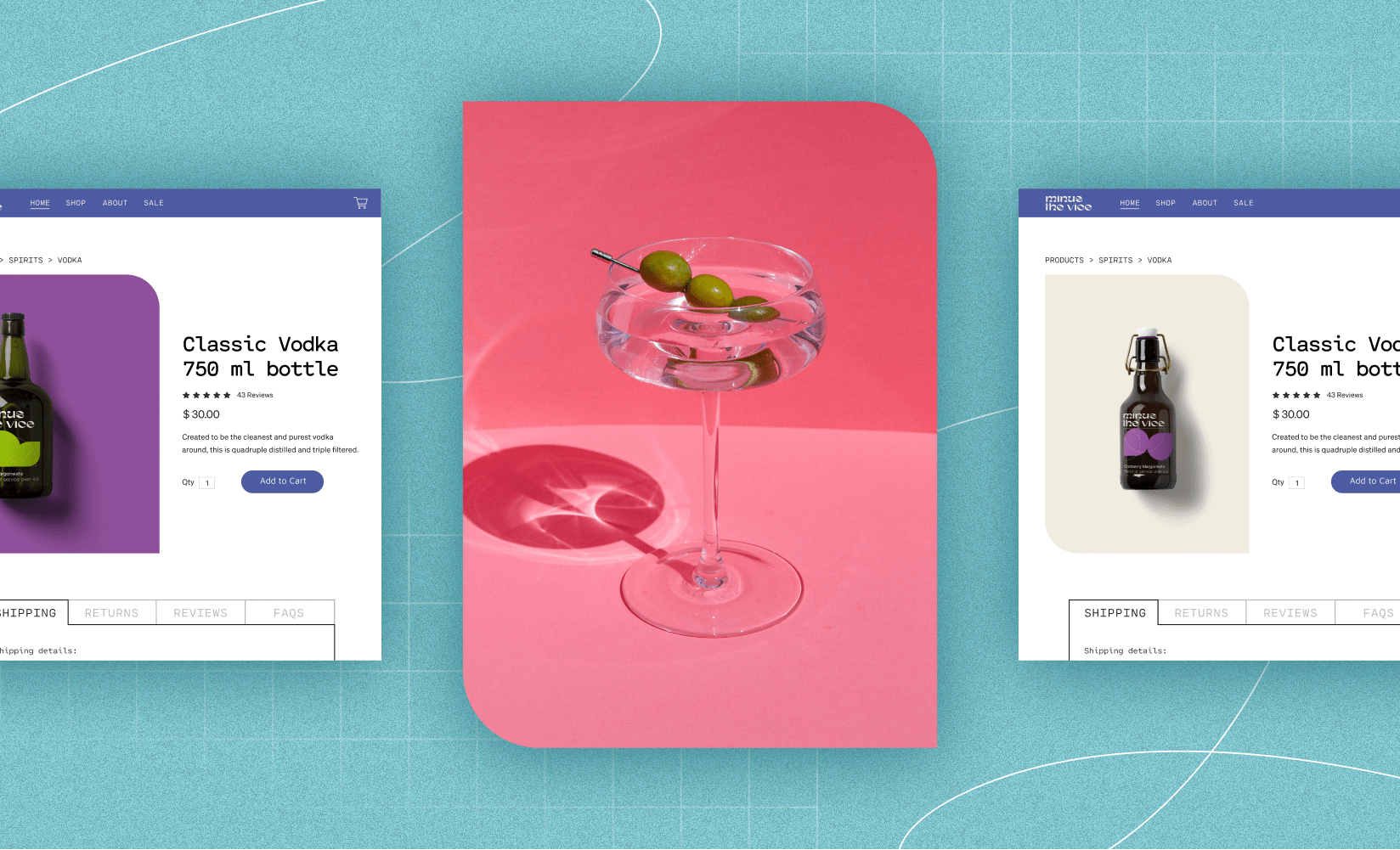
Because online shoppers can’t physically inspect products on your ecommerce website, almost 75% of them rely on photos when making a purchase decision.
Showcasing your offering with crisp, clear images is of utmost importance, which requires high-quality ecommerce photography.
Statistics back the benefits of great product photos:
- Minimize returns: 22% of returns occur because the received item looked different in person.
- Improve social presence: Good visual content has historically received 94% more total views and is 40 times more likely to be shared on social media.
- Boost sales: As a result of the previous figures, top-tier product photos help you sell more.
Success in ecommerce is all about learning what works best and doing it consistently. Photography is one of the most essential skills for selling.
In this article, we’ll cover:
- What ecommerce photography is
- Different types of product photos
- Components of a great product photo
- Best practices for how to take a good product photo
- Essential ecommerce photography tools
#cta-visual-pb#<cta-title>Pair stunning photos with sleek design<cta-title>Use Shogun Page Builder to create elegant, customized, branded product pages featuring your photos.Start building for free
What is ecommerce photography?
Ecommerce photography is the process of capturing superb images of physical products sold online.
These photos typically show the items alone or with contextual imagery to give customers a better understanding of your offering.
The 6 main types of product photography
Before you begin taking exceptional product photos, let’s dive into the different types and their nuances. We’ve grouped them into two categories: product-only shots and contextual shots.
Product-only shots
These photos are simplistic and straightforward.
They’re meant to showcase the product from various angles and distances, employing a basic background and optimal lighting.
Brands most often use product-only shots across their product pages and catalogs.
1. Individual product photos
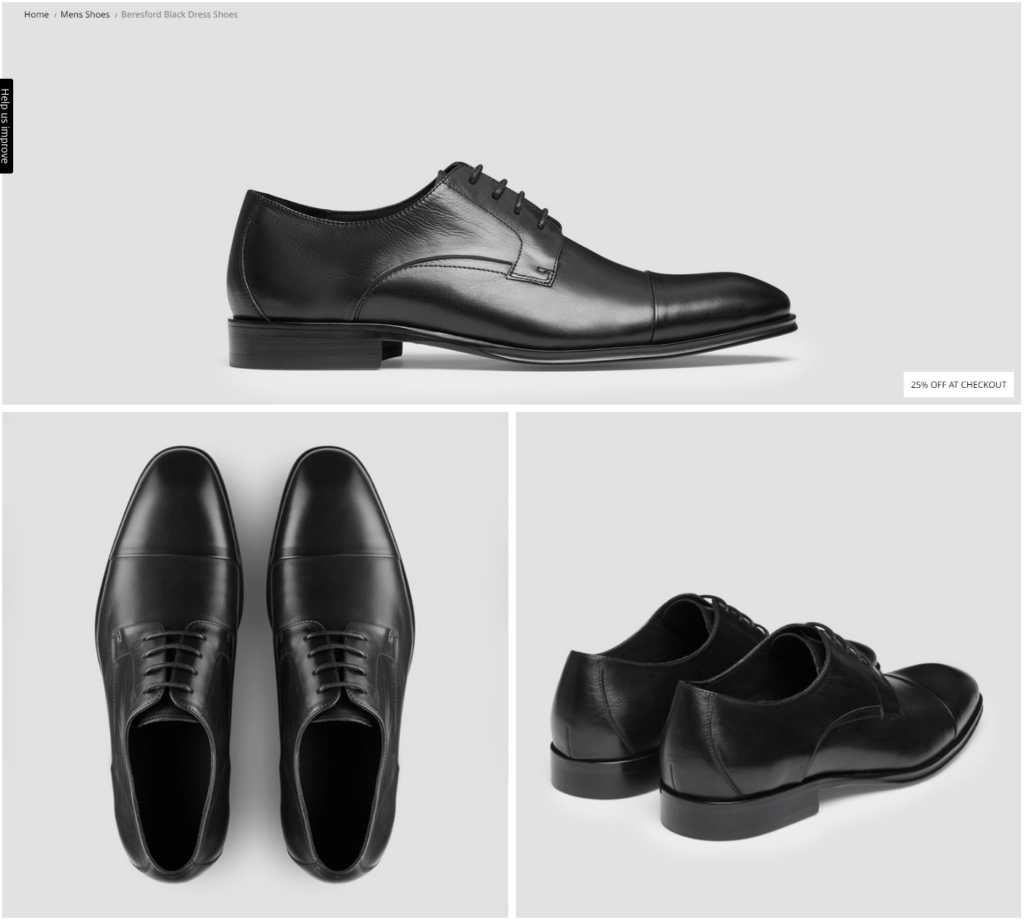
Individual shots capture one product in frame and are the most common type applied in ecommerce. They display individual products alone, apart from their collections (if part of one).
They’re primarily seen in:
- Product pages
- Catalogs
- Banner images
2. Group product photos

Meanwhile, group shots display multiple products.
They showcase a wider range of items so shoppers can see more of your offering. These photos are great for:
- Subscription boxes
- Collections
- Kits
Since they give consumers a larger preview of your brand, they’re also featured in advertisements and social media posts.
Contextual shots
As the name implies, these shots give your product context.
They help customers better understand its characteristics or show it in action. As such, products are typically photographed with a model or complementary item.
3. Detailed product photos
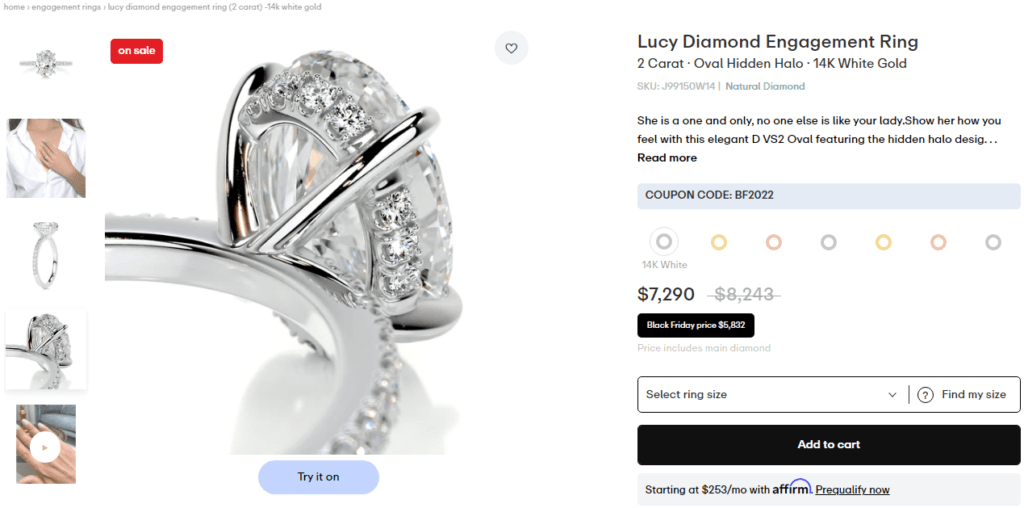
Detailed photos involve close-up angles to show off a product’s intricacies. They emphasize features that typical product-only shots can’t capture.
They’re great for smaller items like jewelry or those with many moving parts, such as watches.
These photos can also require specialized lighting and camera configurations, such as a specific lens.
4. Product packaging photos
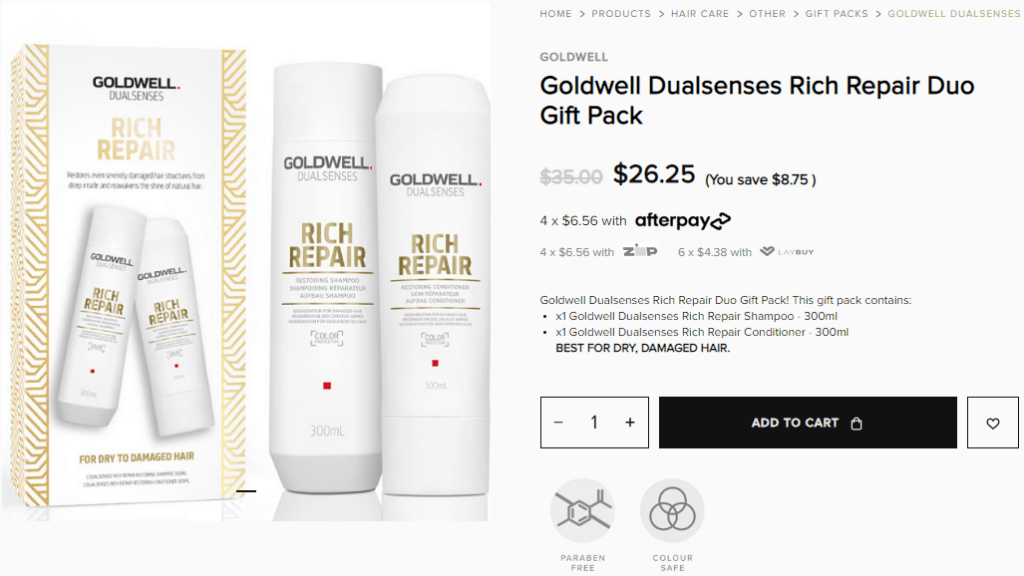
These shots show products alongside their packaging.
They entice customers by helping them imagine what it would be like to receive and unbox their orders.
Packaging shots deliver your presentation’s first impression, establishing shopper expectations and encouraging them to make a purchase.
5. Product scale photos
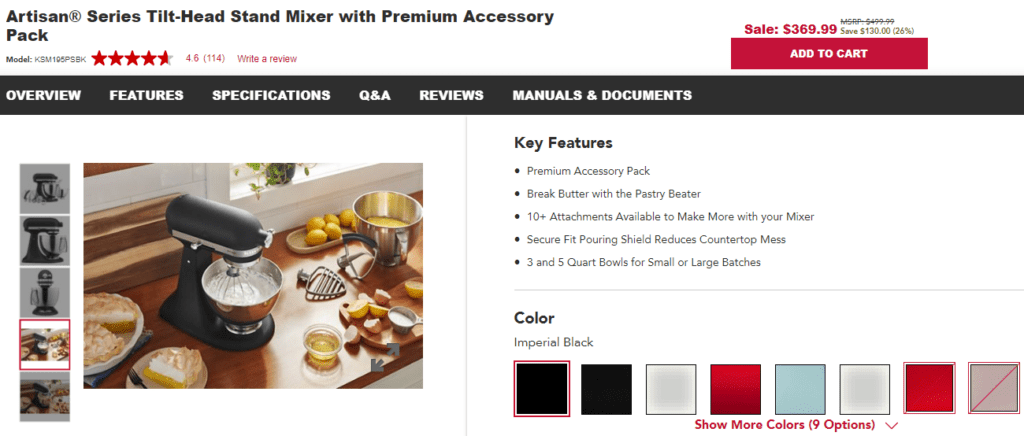
Specifying your product’s dimensions may not be enough for customers to grasp your item’s size.
That’s where scale photos come into play: These images display your offering alongside commonplace items to provide a clear size comparison.
6. Lifestyle photos
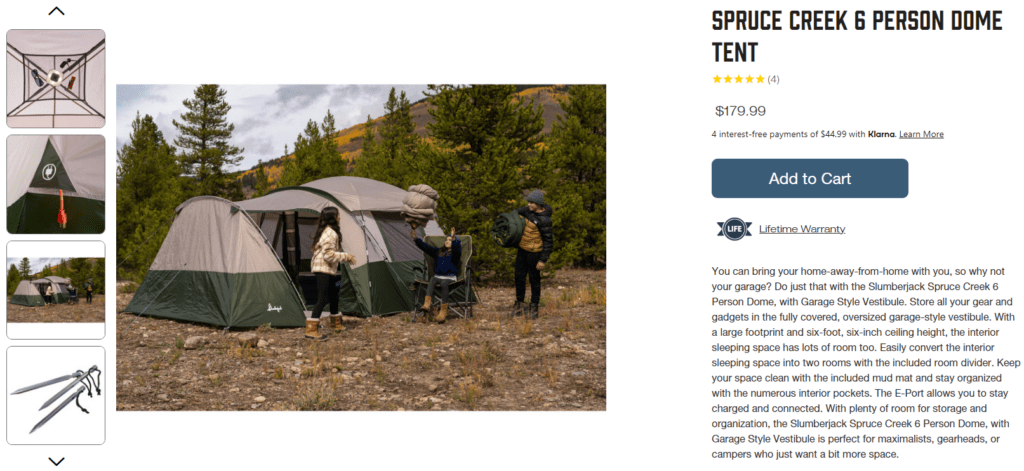
Lifestyle shots show customers incorporating your product into their daily lives. They’re featured with an actor or model using your product as intended.
These typically complement other images on your product pages and can be used in landing pages, ads, social posts, and other channels for visual content.
4 Key elements for taking a great product photo
Now that we’ve covered the different types of product photos, here are the essential components necessary to take top-notch shots.
1. A decent camera
A camera’s your most essential piece of equipment here. For ideal product photography, it must have:
- A high megapixel count: Aim for 12 megapixels or higher. This lets you shoot high-resolution, zoomable photos.
- Manual mode: With this, you can tailor settings like ISO, shutter speed, aperture, and white balance to your product.
- Autofocus: This avoids manually refocusing for every photo to save you time and energy. You don’t have to use it each time, but it’s handy to have.
- Excellent color quality: Capturing photos with superb color accuracy and quality reduces time spent in post-production.
- Low-light capability: Your camera must adapt to lighting to take beautiful photos even in low-light conditions.
Many assume a professional camera is necessary for product photoshoots, but that’s a misconception.
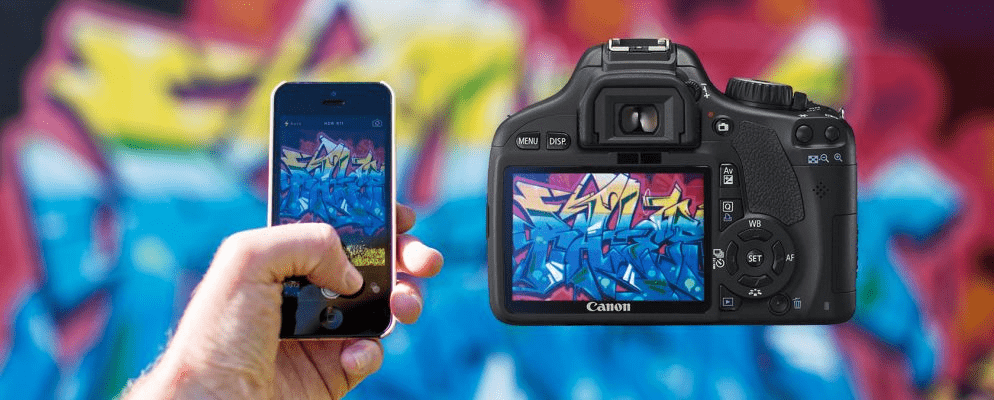
If you can’t afford one, the latest smartphones—like the iPhone 14 and Samsung Galaxy S22—can capture high-resolution photos, boasting some of the above features.
Moreover, photo quality relies more on the factors we’ll cover next.
2. Proper lighting
Your product photography lighting setup can determine whether your photos look like a professional took them or an amateur.
The choice between using natural or studio lighting will depend on:
- Season
- Weather
- Time of day
- Budget
- Location
Natural light
Natural light relies on the sun as an indirect light source.
It’s a budget-friendly option, but you must set up your shoot near a window to capitalize on it. Natural light is also unpredictable and challenging to master.
Additionally, uncontrollable outdoor factors such as the weather, season, and time of day can affect your colors and contrasts.
However, a reflector or foam board acting as a “fill light” can counter this. With it, you can manually distribute shadows when using natural light.
They’re also handy for artificial light.
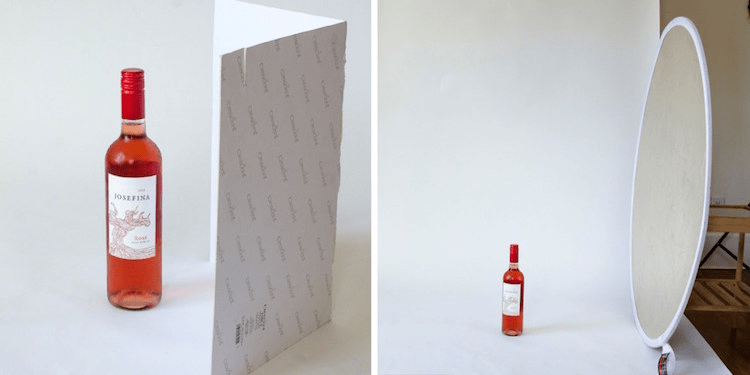
Artificial light
Artificial lights are more flexible and controllable.
However, unless you set up a permanent studio, their high costs may not be worth it. Artificial lights are also challenging to learn, but with experience, they’re easy to handle.
On the plus side, they let you capture images at any time of day.
Since you’ll use them to replicate natural light, they’re your best option if daytime shoots are impossible.
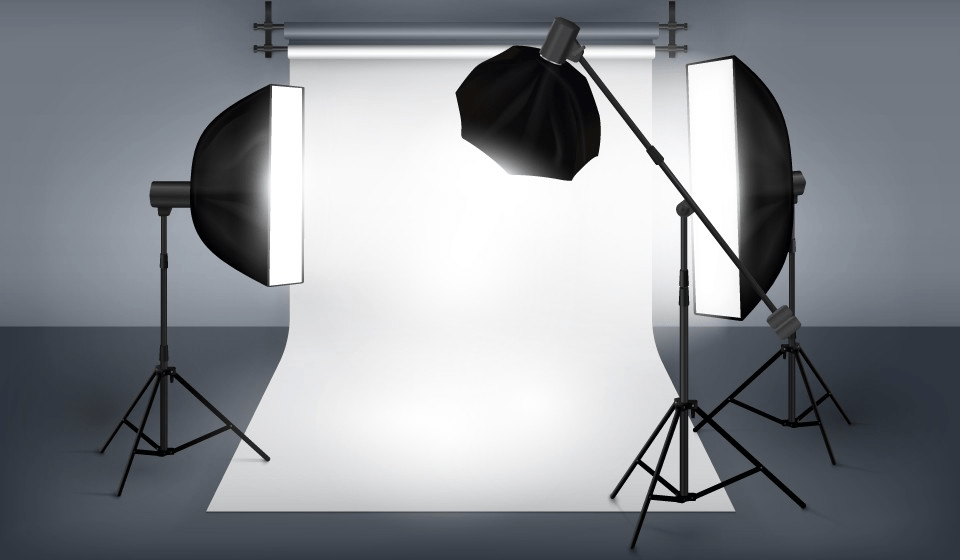
An ideal setup requires three lights: Two on either side of the studio will light the entire product; a third light placed above and slightly behind it will give your product dimension.
3. Smart context
The below factors mostly pertain to contextual shots and aim to help shoppers better understand your products.
Location
When capturing lifestyle shots, ensure your products are used in an appropriate location.
Nike, for instance, photographs people wearing their running shoes outdoors or on the road. However, remember to account for the time of day and weather.
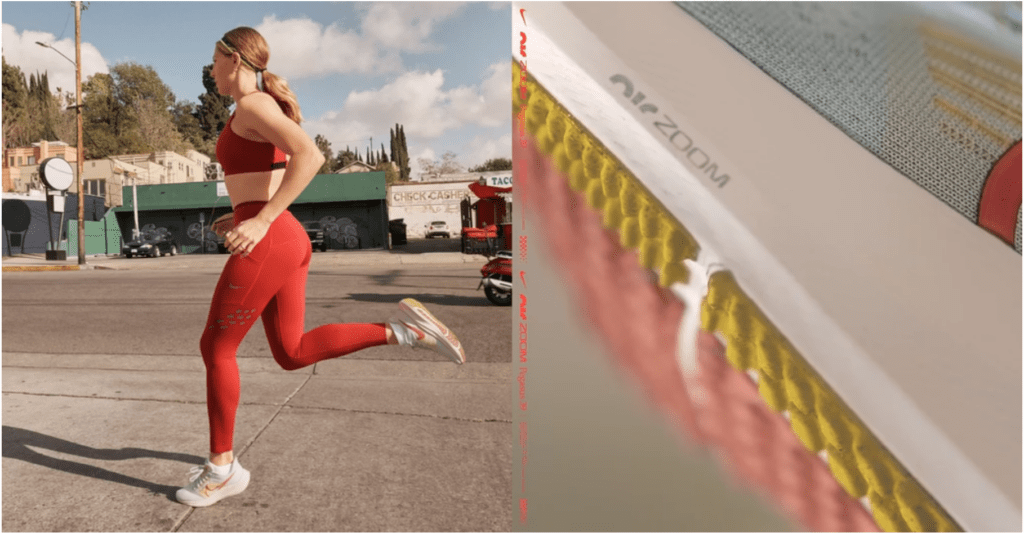
For product-only shoots, lighting is your primary concern.
If your budget is tight, choose a location with as much natural light as possible. It could be a corner of your home, a spare room, or even a garage.
But, if you can afford artificial lighting, find an area spacious enough to set up a studio.
Props
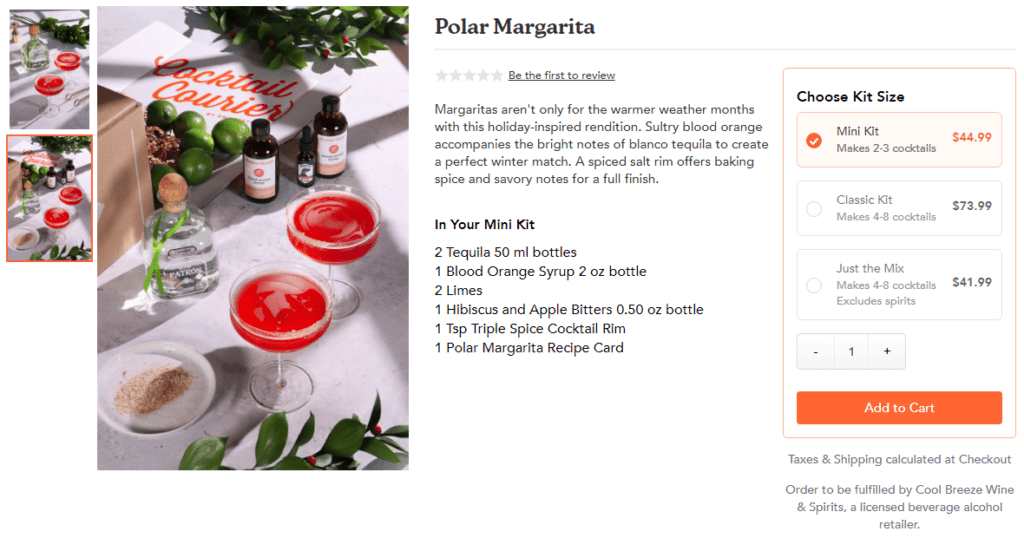
To upgrade your product’s presentation, include visually complementing objects in your shoot.
This also applies to scale shots. When comparing your product with something, does the chosen prop accurately convey its actual size?
Models or actors
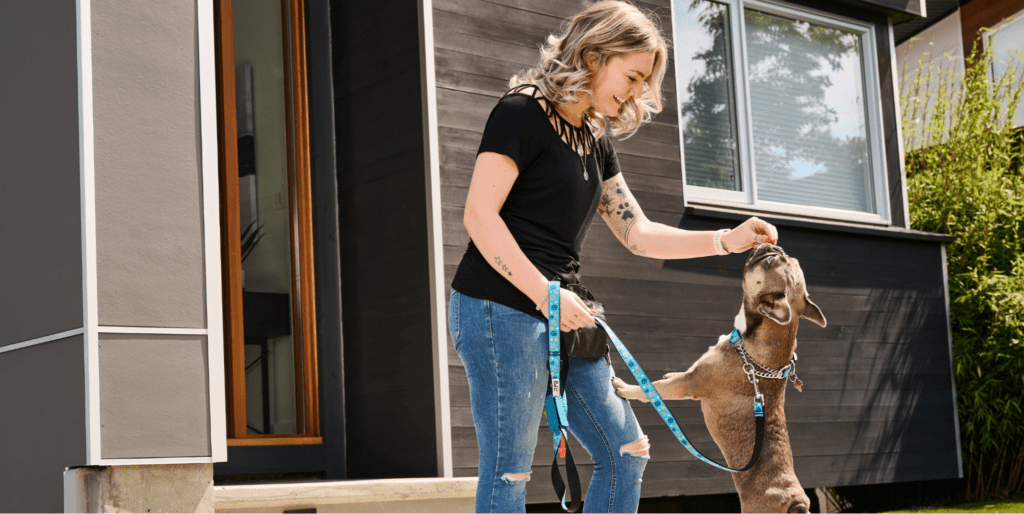
The people involved in your lifestyle shots should be appropriate for your product and relatable to your audience.
For example, RC Pets showcases a pet owner and her furry friend enjoying their pet leash.
4. Careful editing
The magic of ecommerce photography happens after pictures are taken.
Even professionals retouch their photos to create a perfect final image. Editing includes removing the background and correcting imperfections so your products dazzle shoppers.
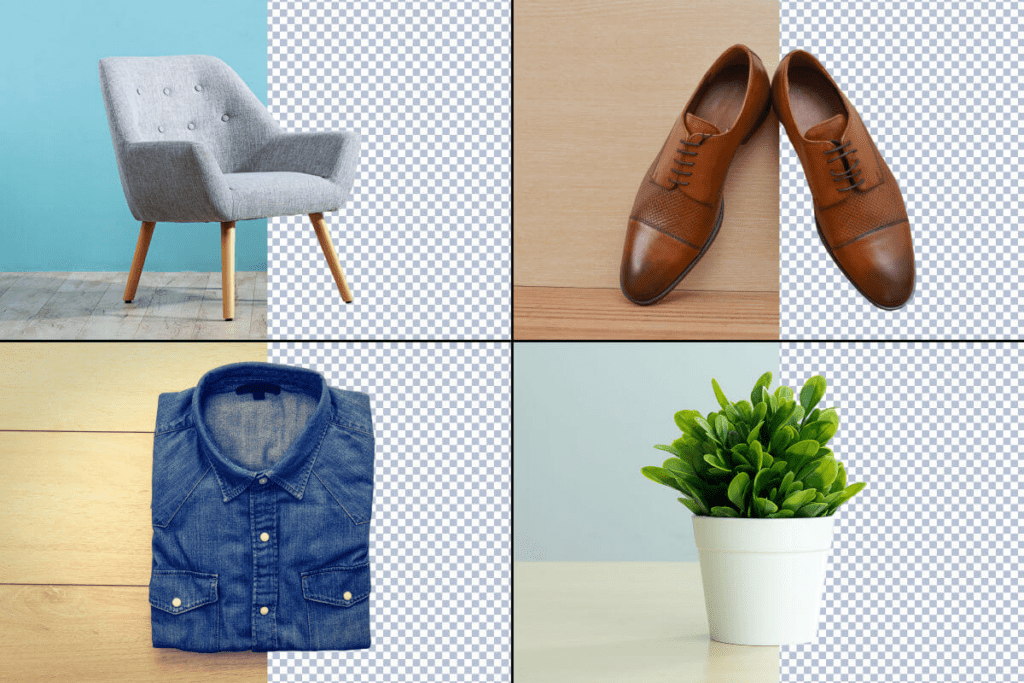
You can either edit the images yourself using various free and paid software options—which we talk about further down—or hire a company like PixelPhant or Pixelz to edit them for you.
#cta-visual-pb#<cta-title>Display your product photos proudly<cta-title>Build seamless, beautiful landing pages with Shogun Page Builder.Start building for free
Best practices when capturing and displaying product photos
Now that you know the basics of taking smart product shots, let’s dive into a few best practices that will help you level up your ecommerce photography and ensure you have amazing assets for your website and marketing materials.
Clean and secure your products
To make your products look their best, clean, iron, polish, and/or dust them before your shoot.
Also, smaller products, like jewelry and accessories, tend to move during a shoot, so keep them in place with glue or tape.
Make sure your items are at your tabletop’s center, positioning them, so your light source doesn’t hit them directly. Situate them where they receive the right amount of light, with few to no shadows.
Set up your lights strategically
For artificial lighting setups, place two lights on either side—closer to the front and lower to the ground. This minimizes deep shadows near the bottom of the item.
Your third light creates a balance between the light directly on the product and the one that brightens the set.
Other essential steps to take are:
- Don’t mix light temperatures
- Cover all the windows
- Use indirect or soft light sources
- Diffuse or reflect the light
Direct light sources can cast shadows and harsh glares, leaving your products overexposed. Diffusing and reflecting light, however, lets you cast a soft glow onto the spot you want.
Use a sweep and table
These tools are ideal for product-only photos.
Professionals typically shoot them against a “sweep,” a white background that smoothly transitions from the vertical to the horizontal surface.
It reduces the amount of editing needed and reflects white light onto your product.
This produces a well-lit photo that needs few adjustments to its brightness and contrast. A white background will also help your camera accurately calibrate its white balance.
Professionals also employ shooting tables, but any table larger than your product will do.
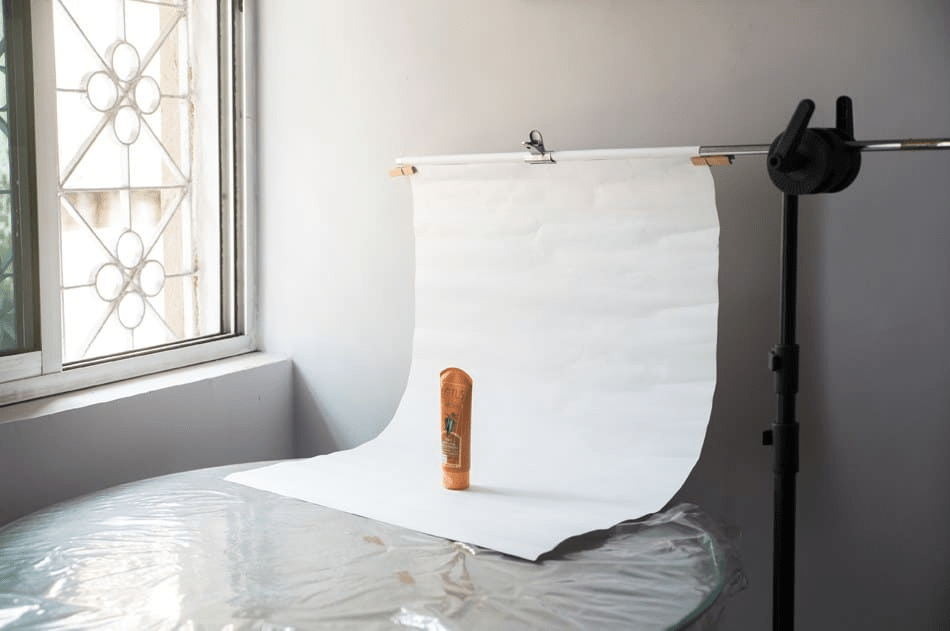
The right equipment depends on your product’s size and your budget.
For instance, larger products require larger sweeps and tables because the sweep should fill the entire frame. (We’ll talk about your options later on.)
Stabilize your camera
Stabilizing your camera avoids capturing blurry, inconsistent photos.
This requires you to invest in a tripod. Lots of budget-friendly options are available online, so costs are of minor concern.
Larger items require a full-size tripod, while you can get away with a mini one when shooting small things. If you use your smartphone and don’t want to spend money, a stack of books or other flat items will suffice.
Find the right settings
This applies when using a digital single-lens reflex (DSLR) camera. These cameras have many settings, but you’ll only need to focus on three: aperture, shutter speed, and ISO.
How you combine them will depend on your studio setup and what type of photos you’re shooting, but properly leveraging them becomes easy with practice.
Here’s a quick walkthrough for each setting.
Aperture
This controls how much light travels into the camera when opening and closing the lens, much like the pupil of an eye.
It’s directly linked to the depth of field—the area of your shot that’s in focus.
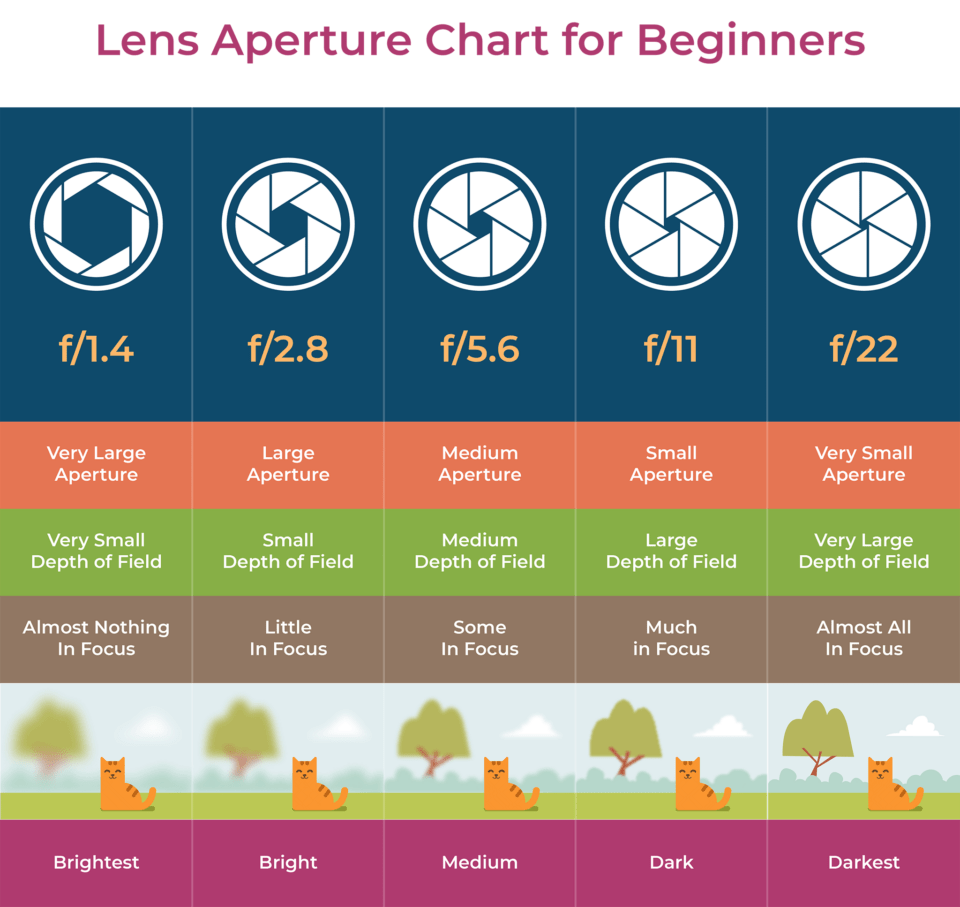
You measure aperture in f-stops, ranging from F1 to F22. It can be confusing at first, but here’s what you should remember:
- A small f-stop means a large aperture: This captures the foreground very clearly and blurs the background, isolating your product in focus.
- A large f-stop means a small aperture: This captures your entire image clearly.
Make sure your aperture is set small enough to capture the entire product clearly, but large enough to make it well-lit (around f-8 will do the trick).
But when taking a photo highlighting a detail, such as a bag buckle or zipper, use a lower aperture. This will draw the eye to the focal point.
Shutter speed
While aperture dictates the amount of light the hole in the lens allows in, the shutter speed determines how fast this hole opens and closes.
Because this occurs so quickly, it’s measured in fractions of a second.
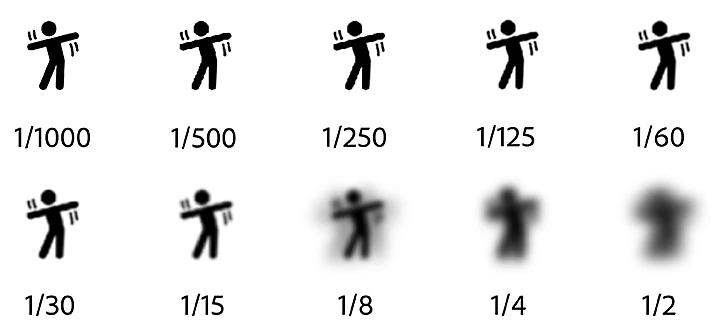
While using a small aperture, your camera takes in less light.
This means your shutter needs to be open longer to produce a well-lit photo. Experiment to find the right combination of shutter speed and aperture.
We recommend combining a small aperture with a slow shutter speed for the best images.
ISO
ISO determines the camera’s sensitivity to light.
The lower it is, the less sensitive your camera is. This results in a finer grain and better image quality. A higher ISO, meanwhile, typically results in more grain.
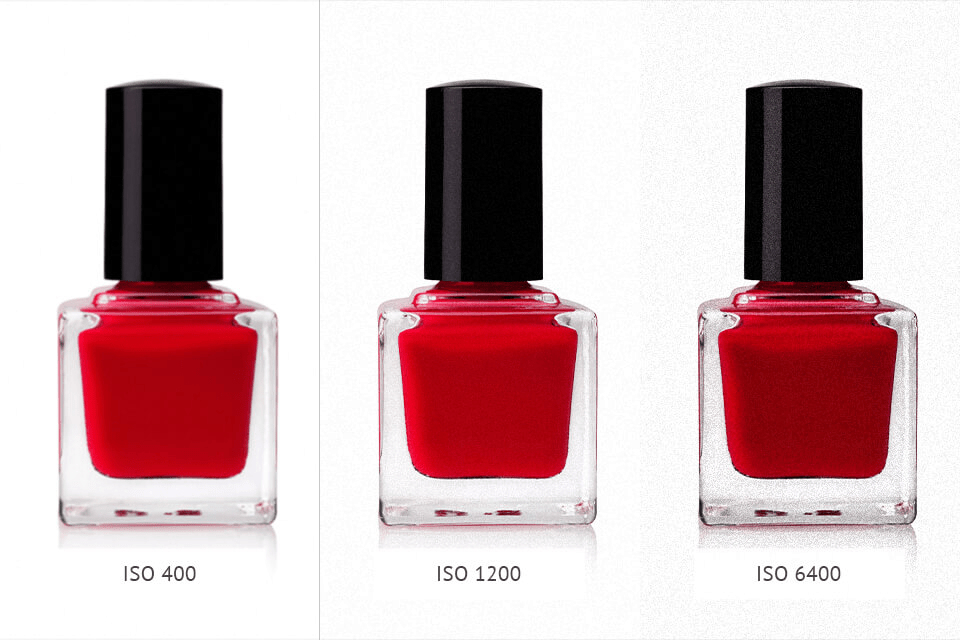
Grain, or camera noise, lowers photo quality. To avoid this, keep your ISO as low as lighting conditions will permit. Try to stay at 400 or below.
Take test shots
Test shots ensure everything is optimal, from your lighting to your camera settings.
Take a few photos, then, once satisfied, start your shoot. Here are some tips to keep in mind while testing:
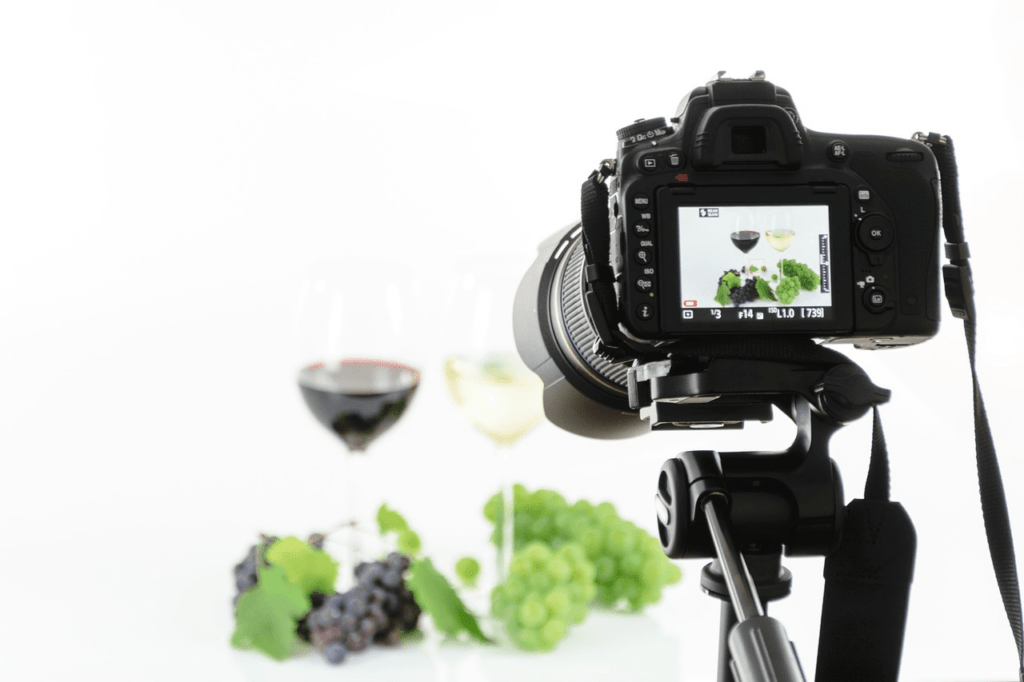
- Turn off your camera’s flash: Your product needs to be well-lit without it, no matter what lighting you choose.
- Keep your product in the center of the frame: It should take up the majority of the canvas.
- Don’t use digital zoom: Digital zoom (pressing “+” and “-”) crops the photo and lowers image quality. If you need to move closer, shift your tripod. With a DSLR, rotate its lens left and right to adjust the optical zoom.
- Take your time: Achieving the right setup may take a few tries, so be patient.
- Set the camera on a two-second-time mode: Do this once you’re ready to shoot. It gives your camera enough time to refocus after you press the shutter button.
Take multiple shots
Rather than uploading one or two photos, display as many as possible. Shots from multiple angles showcase the details of your product, special features, and flaws more clearly.
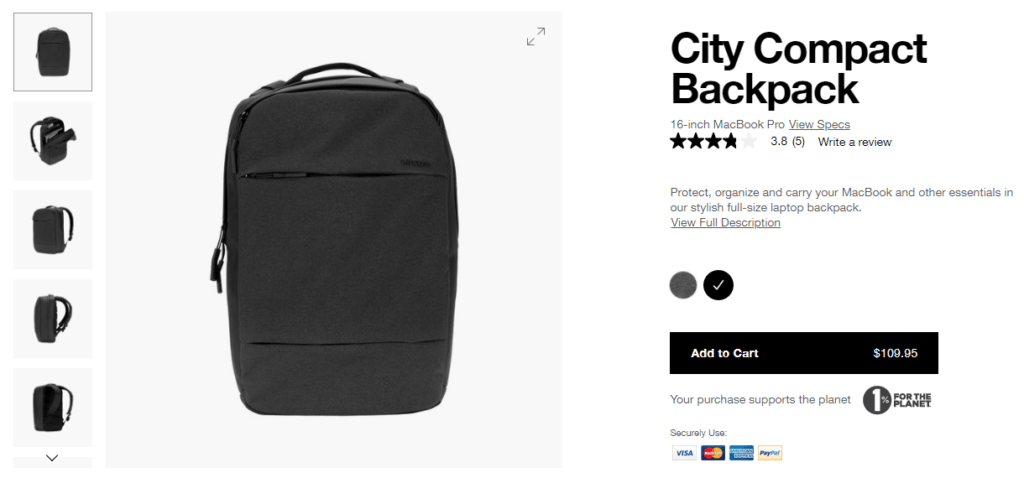
Despite the importance of quantity, quality is still paramount.
According to Etsy, 90% of their shoppers said image quality was “extremely important” or “very important” to their purchase decision.
Optimize your photos
By this, we mean to optimize for the web, and it’s a key step to gaining the best results from your photos.
Image optimization reduces your page load times, which improves the visitor experience. It also boosts your SEO and store visibility.
We’ve outlined how to optimize below.
Step 1: Choose your file type
Here’s a quick breakdown of image file types commonly used in ecommerce:
- JPG or JPEG: A small file size that delivers superb image quality and displays colors vividly
- PNG: Similar to a JPG but has better quality and a larger file size
- GIF: Used for smaller images like icons and logos, in addition to animated ones
We recommend using JPGs because they possess a balance of characteristics needed in ecommerce photography.
But, if you have an image with a transparent background, you can employ PNG.
Step 2: Compress your images
Large files take longer to load, which can make customers impatient and cause them to shop elsewhere.
Compressing images reduces their size and speeds up your load times, so try to keep them smaller than 100KB.
Additionally, you can downsize certain file types (like JPEGs and PNGs) without affecting image quality. We’ll discuss some useful compression tools further below.
Step 3: Take advantage of alt text and alt tags
Alternative text and tags improve search engine visibility.
Bots that index webpages rely on this information to understand your photo’s content and decide whether or not it shows up in search engine result pages (SERPs).
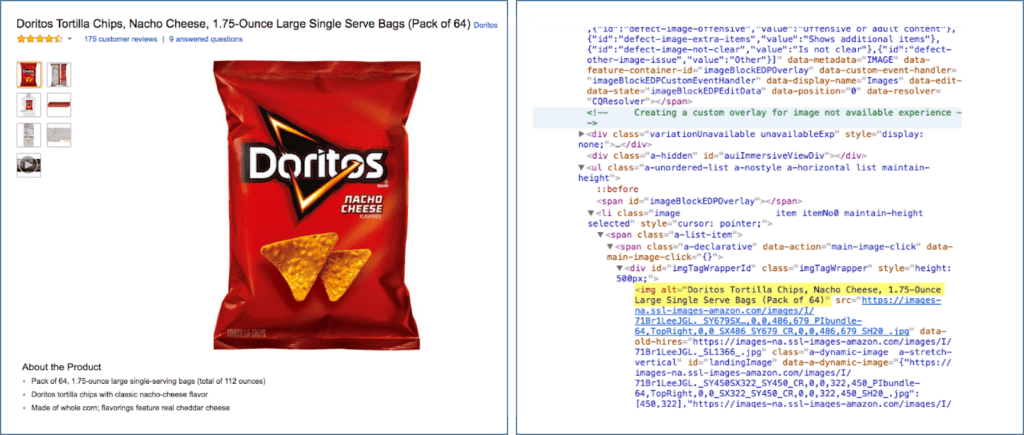
Alt text and tags communicate what’s in your photo to help bots rank it.
They also aid visually impaired or disabled shoppers in understanding the visual content. Here are three tips to help you write strong tags and text:
- Be concise: Try to limit them to 125 characters. This assists screen-reading tools.
- Be descriptive: Explain the product type, color, size, shape, make, and model in detail. If that exceeds 125 characters, write what you want readers to know about your product instead.
- Avoid keyword stuffing: This is a big no-no in SEO and might get your site flagged. Use keywords only once.
Step 4: Use detailed file names
Applying generic file names like “Photo-1” is fine for saving and organizing files on your computer but not for image optimization.
For stronger SEO, use descriptive—but short and readable—file names. Place dashes between words and avoid the articles “a,” “an,” and “the.”
Let’s say you’re selling a black computer bag.
Before assigning its photo a file name, consider what search queries potential customers would input to find your product. Instead of “bag.jpg,” a name like “black-16-inch-leather-computer-bag.jpg” would yield better results.
#cta-visual-pb#<cta-title>Create optimized landing pages with Shogun<cta-title>Display your product photos with a lightning-fast, easy-to-use webpage builder.Start building for free
Ecommerce photography tools to take show-stopping product shots
To assist your photography efforts, we’ve listed the following tools for top-tier ecommerce photos.
Software and online tools
These are free and paid solutions for editing and compressing your photos.
Adobe Photoshop
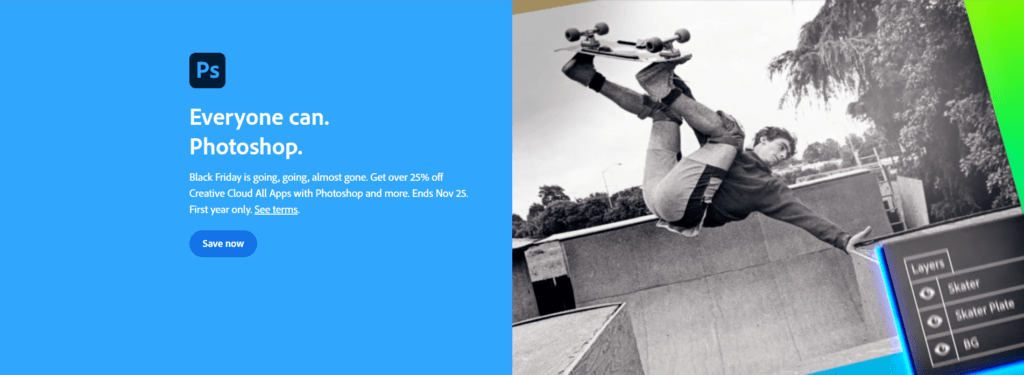
Photoshop is a professional suite for retouching your product images. You can also use its “Save for the Web” option to compress your images automatically.
It costs roughly $20 a month, but it’s worth the price if you regularly hold product shoots.
Pixlr

Pixlr offers cloud-based image editing tools that let you remove backgrounds and make other quick retouches.
Their solutions range from free to paid, costing up to $12.99 monthly.
PicMonkey

PicMonkey is an online photo editing and design service you can easily access through a web browser or mobile app. It features tools like Touch Up and Color Changer that enable swift edits.
Pricing starts at $7.99 per month.
WeCompress
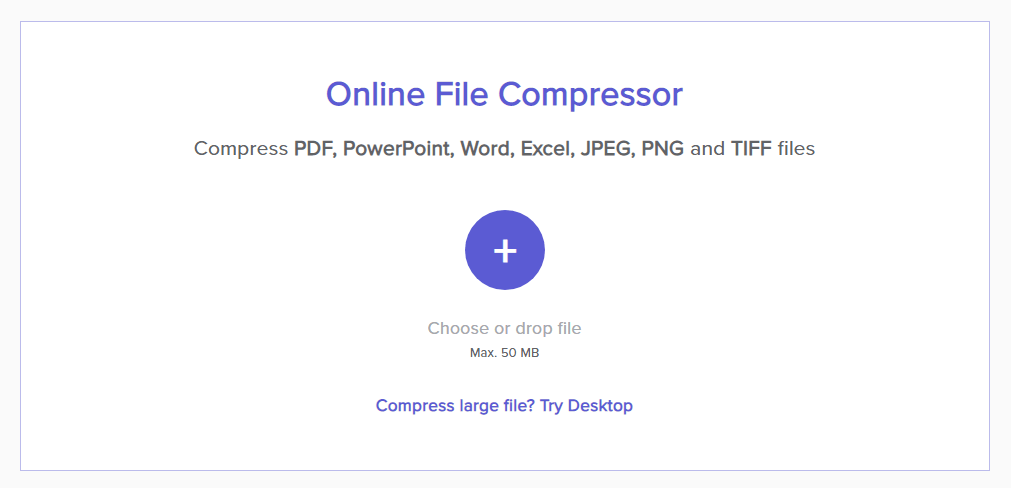
WeCompress is a free online tool that will compress your JPG and PNG files while maintaining their quality.
Studio- and professional-level equipment
The following instruments are ideal for a studio or taking professional-quality product photographs.
DSLR camera
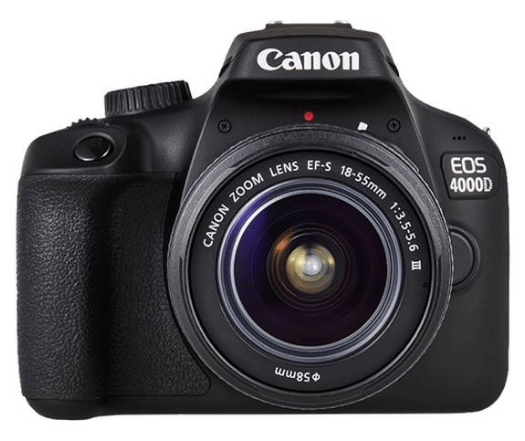
A DSLR is extremely flexible, providing lots of room for customization and manual control.
If you intend to dedicate yourself to ecommerce photography for the long term, it’s worth the investment.
Lighting kits
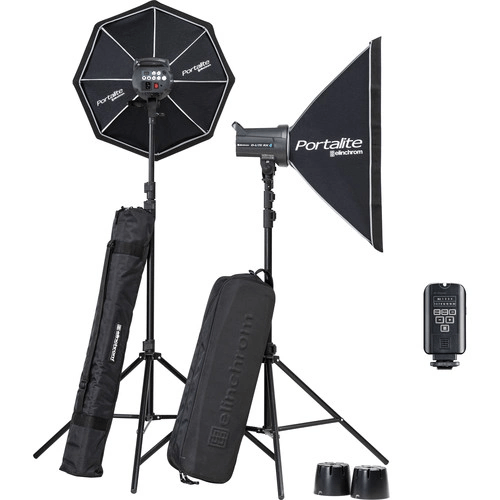
These artificial lights are ideal for studio setups and capturing professional-quality product images.
Some examples are the Bolt VB-22 for flash lighting and the Elinchrom D-Lite RX for the basics.
Sweep and table
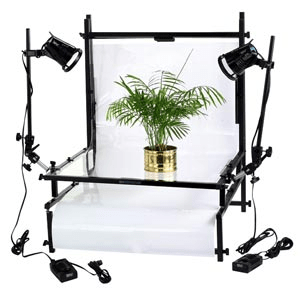
Professional sweeps and shooting tables can be pricey. Some options combine the two, like the Smith-Victor Studio Kit, which also includes lighting.
Umbrella-style reflector
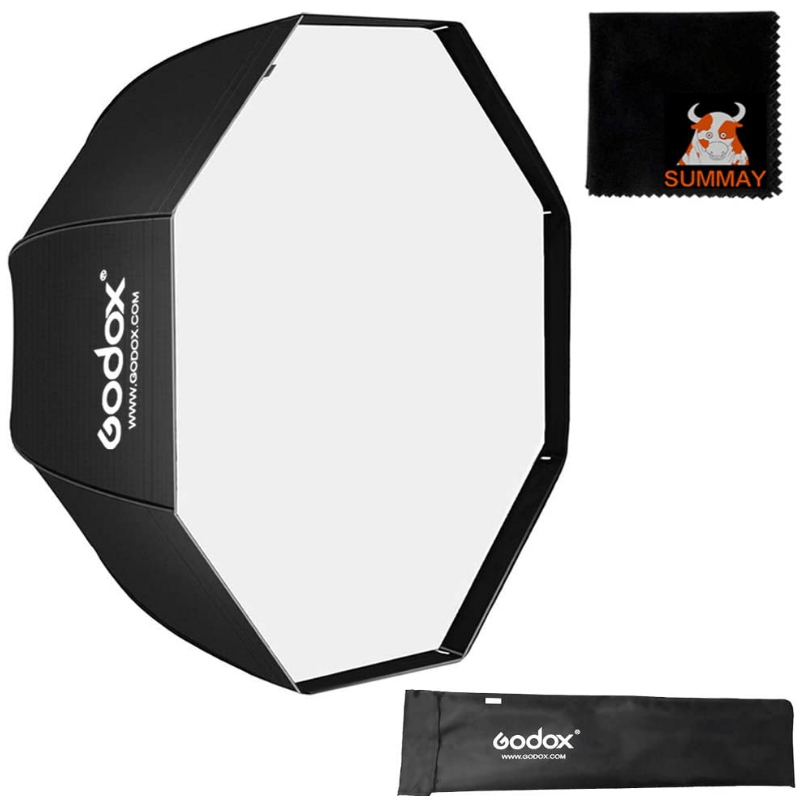
This is the most efficient tool for reflecting light and usually costs less than $50.
Casual equipment
These tools don’t require a studio setup.
Smartphone
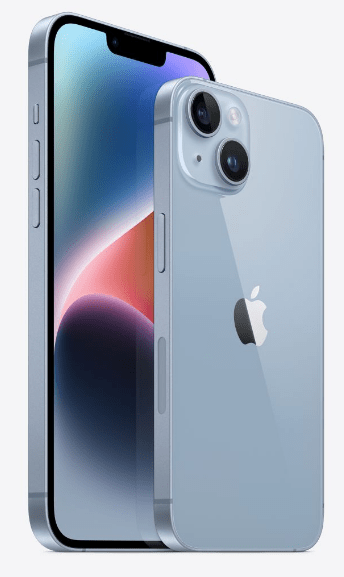
Spending lots of money on a DSLR isn’t necessary to take excellent product pictures.
As mentioned, the latest smartphones are capable of producing adequate product photography. They’re also more user-friendly and don’t have complex settings.
You can even leverage mobile apps that help capture, edit, and publish photos.
DIY lights
Ordinary bulbs like 15-watt fluorescent bulbs or 60-watt incandescent bulbs are budget-friendly artificial lights.
However, incandescent bulbs are less energy-efficient and much warmer than fluorescent ones. To account for this, you’ll have to tweak some white balance settings.
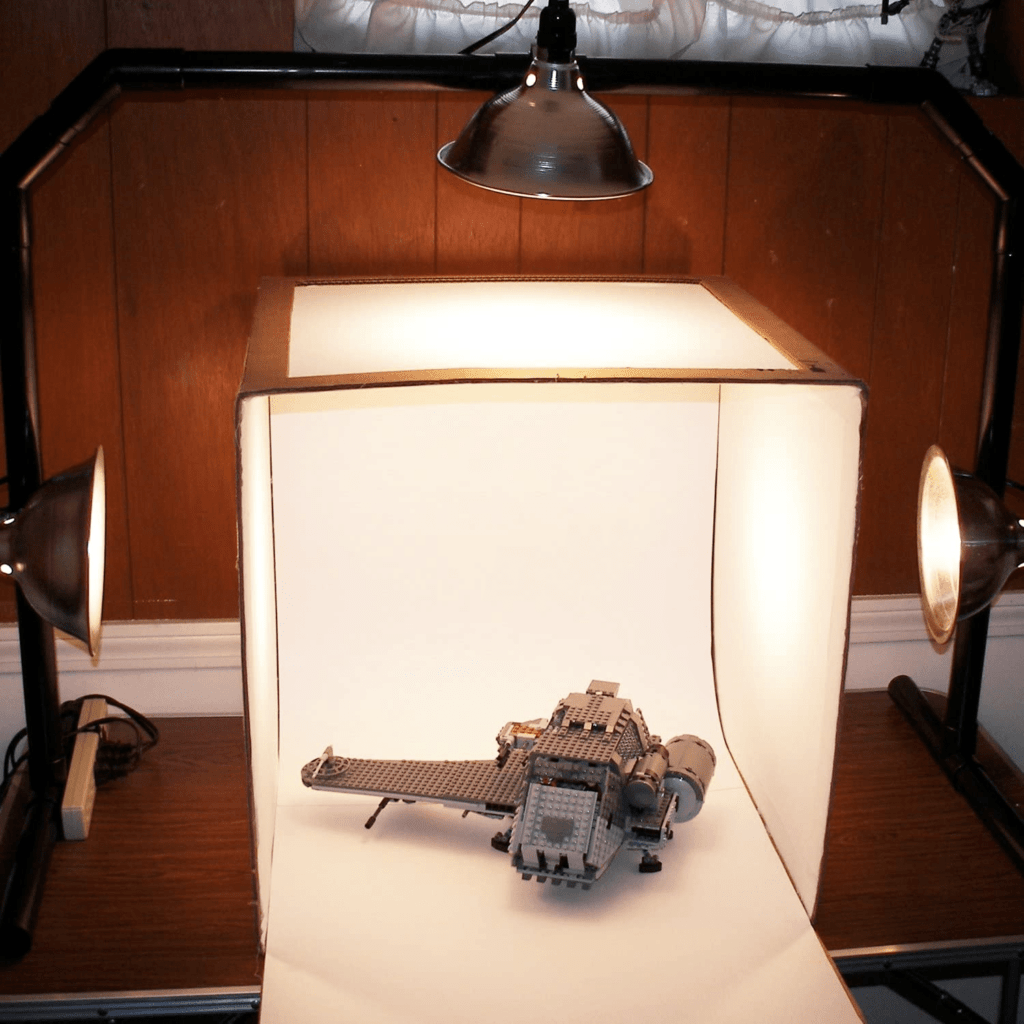
You can also use adjustable desk lamps, ring lights, or grab some clamp lights and spring clamps from your local hardware store.
DIY sweep and table
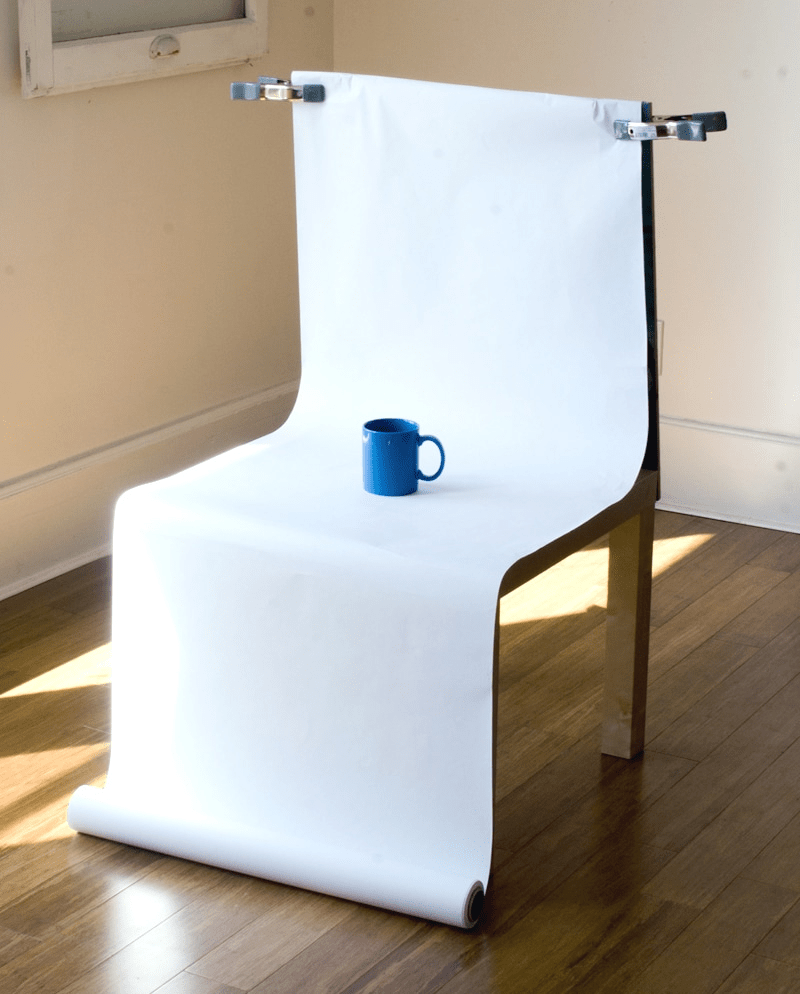
A makeshift sweep and table will require:
- A wooden chair
- Spring clamps
- Enough white paper to cover the chair
Clamp your sweep material to the top of the chair and let the paper “sweep” cover it. For larger items, tape your sweep material to a wall or pin it to a stand.
If you intend to buy a sweep, invest in a support stand as well; it minimizes the hassle of making your sweep.
Foam boards or reflectors

As previously mentioned, these are useful for both natural and artificial lighting. Even professionals find them beneficial.
Foam boards are cheaper than reflectors: A pack of 10 costs $20 or less. Meanwhile, basic reflectors start at almost $50, and larger ones cost close to $90.
Other photography tools
Whether you’re a professional or amateur, the following tools will always come in handy:
- Tripod: Keeps your camera stable, with options for smartphones and DSLRs available
- Tape: To keep objects in place
- Pencil and paper: In case you need to take notes about your setup, camera angle, etc.
- Clamps: To hold your backdrop, reflector, or sweep in place
- Fishing wire: For photographing items that can’t stand up on their own
- Pocket scissors: In case you need to cut paper, fishing line, or loose fabric threads
- Glue dots: Holds small objects in place
- Spare batteries or a charger: In case your camera or phone dies
- Sanitizing wipes: To clean your camera during the shoot
- Gas duster: Sanitizing wipes can smear leather or plastic products. This blows away any marks without damaging your item
These tools, meanwhile, apply to clothing shoots:
- Non-damaging, removable hooks: For shooting items in a hung position
- Safety pins: To make small adjustments for a better fit
- Iron: To remove wrinkles from your products and give them a smooth appearance
Master your ecommerce photography for more conversions and stronger branding
Ecommerce photography may seem complex and expensive, but it doesn’t have to be.
As we’ve shown in this article, any business can capture beautiful images through a variety of simple, budget-friendly methods.
Follow our advice and do your research to assemble the equipment and software needed to take high-quality images of your items.
With a sufficient amount of money and experimentation, you can master product photography to boost your business conversions.
#cta-visual-pb#<cta-title>Create landing pages that convert<cta-title>Bring your product photos, website design, and brand together for a conversion-generating machine.Start building for free

Rachel Go
Rachel is a remote marketing manager with a background in building scalable content engines. She creates content that wins customers for B2B ecommerce companies like MyFBAPrep, Shogun, and more. In the past, she has scaled organic acquisition efforts for companies like Deliverr and Skubana.


